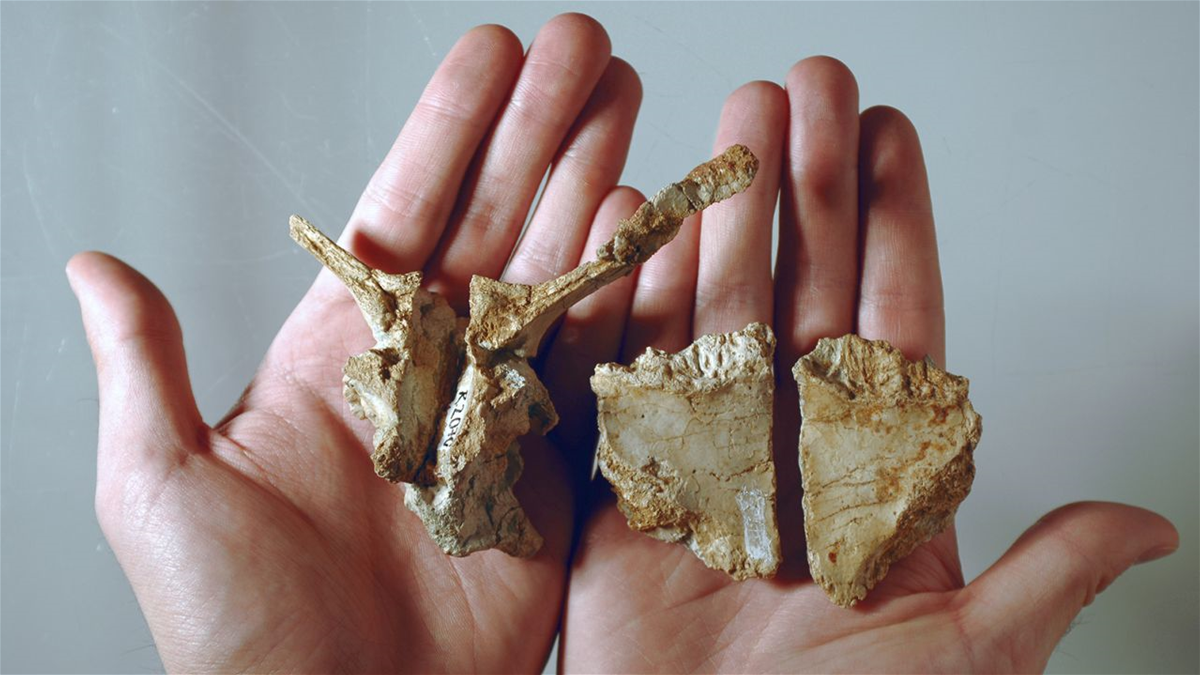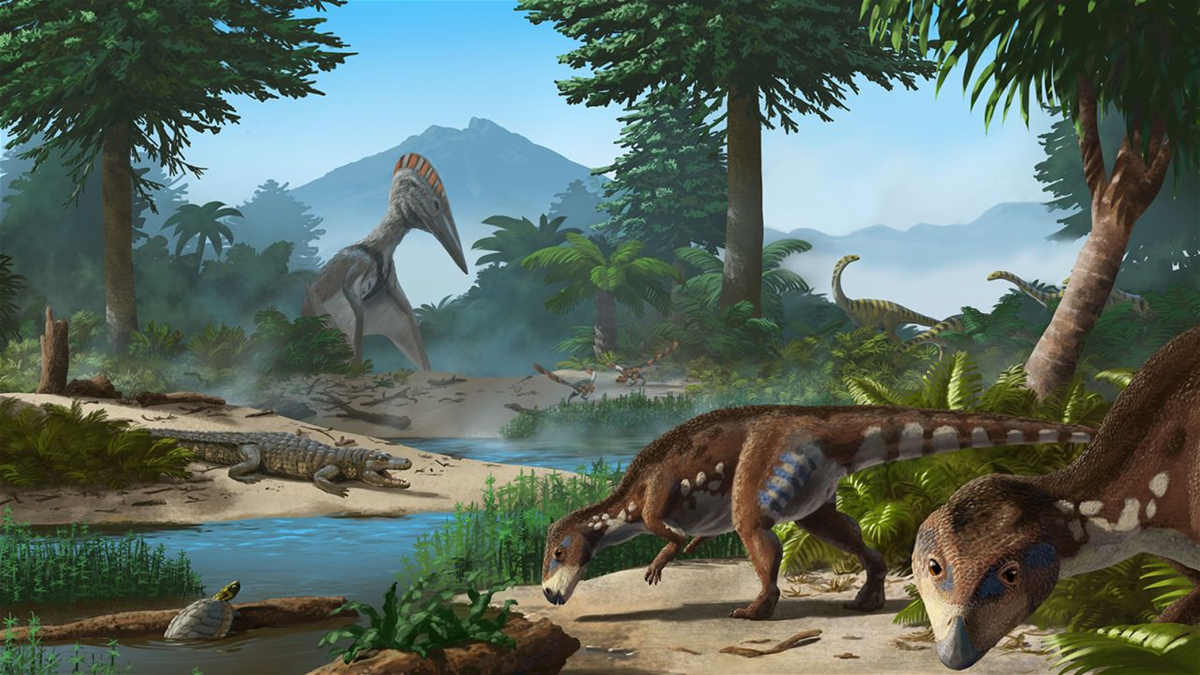A recent study has revealed a previously unknown flat-headed dinosaur that lived about 70 million years ago on an island in what is now western Romania.
And "Transylvanosaurus Platycephalus", which was two meters long, a small size for a dinosaur, was discovered after its skull bones were found in 2007 in a riverbed, according to the research published in the Journal of Vertebrate Paleontology and highlighted by the American news network "CNN".
Through the bones discovered, the largest of which was 12 centimeters long, researchers have over the years obtained a great deal of detail about the small plant-eating dinosaur, which walked on two legs and had a strong and thick tail.
"If the dinosaur had died and remained on the ground instead of being partially buried, the weather and rubbish would have destroyed all of its bones and we would have known nothing about it," said co-author Felix Augustin, a paleontologist and doctoral student at the University of Tübingen in Germany.
But the bones of Transylvanosaurus Platycephalus were able to hold out for tens of millions of years because ancient riverbed sediments protected them, according to the co-author.
Augustin added that the area was a hotbed of dinosaurs, as "10 species of them have already been identified during excavations," noting that "the discovery of the first dinosaur there occurred in 1900."
He continued, "Transylvanosaurus Platycephalus is the first new type of dinosaur discovered there in the last 10 years."
Paleontologists believe that these dinosaurs were subject to something called "island rule", in which large animals isolated on islands dwarf or stop growing over time, while smaller animals become larger.
For example, the average height of Sauropods, the largest dinosaurs that ever lived, was 6 meters in the archipelago, compared to 15 to 20 meters outside.

